(CLO) At football matches in Ukraine at this time, the size of the audience does not depend on the stadium capacity or the enthusiasm of the fans, but is determined by the capacity of the nearest bomb shelter.
Audience based on bomb shelter
For the first time since the full-scale conflict began in 2022, the Ukrainian Premier League will play a full season with fans in attendance, as the ban on mass gatherings has been eased.
Despite the ever-present threat of air strikes, Dynamo Kiev fans were eager to snap up 1,700 tickets for each home match at the 16,000-capacity Valeriy Lobanovskyi Stadium. Many were eager to experience a rare moment of peace, far removed from the country’s traditionally tense on-field rivalry.
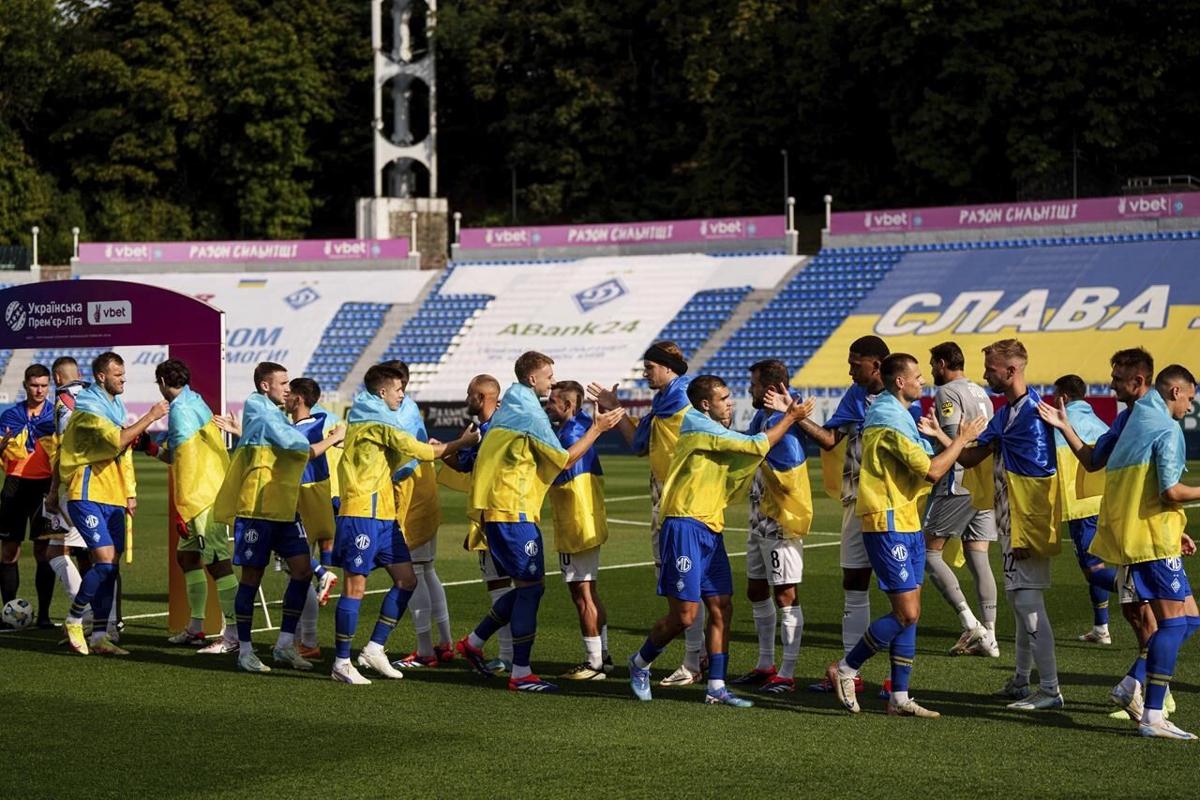
Dynamo Kiev and Zorya Luhansk players greet each other before the match of the 2024/25 Ukrainian Premier League round 6 at Valeriy Lobanovskyi Stadium in September. Photo: AP
While the war forced Dynamo Kiev to move its home Europa League matches to Hamburg, Germany, the team used its home ground in Kiev for domestic matches.
Vitalii Kozubra, a Dynamo Kiev fan, took his nine-year-old son Makar to watch his team, a title contender, play Zorya Luhansk, a club in the middle of the table. Zorya Luhansk played the home game, although they played at Dynamo Kiev's stadium. The war prevented them from playing in Luhansk.
As the starting players emerged from the tunnel and onto the pitch, all 22 of them draped in the yellow and blue flag of Ukraine, the crowd - including military personnel and families with children - broke into applause.
Then the stadium came alive with the sounds of the players' efforts and the clatter of the ball. Children ran to the touchline to get autographs, signed by a handful of foreign players from Brazil, Senegal, Ivory Coast and Panama who had chosen to stay in Ukraine despite the fighting.
But what was more interesting was that Zorya were not booed once. Fans of both teams wanted to enjoy the live football atmosphere on the field that they had not had for a long time.
The match lasted for hours because of the... alarm whistle.
Ukraine's 16-team football league has continued, albeit with challenges, with matches having to be played in the early afternoon due to frequent power outages and the logistical challenges of travelling across Europe's second-largest country amid war.
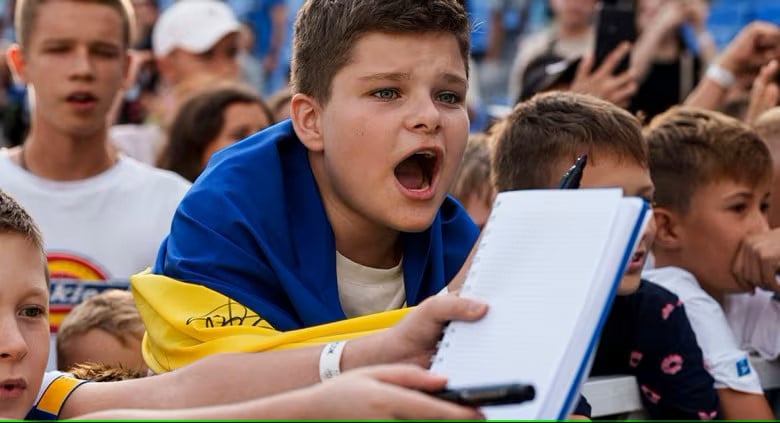
In the stands, young fans still shouted their idol's name to ask for an autograph. Photo: AP
As the air raid siren blared from loudspeakers and thousands of mobile phones, the match was immediately halted. Players and fans rushed to shelters.
“We have been lucky in Kiev this season, there have been no air defence alerts during our home games,” said Dynamo Kiev spokesman Andrii Shakhov. “But it is a different story for away games… Our longest game lasted four and a half hours because there were four air defence alerts.”
Young Ukrainian men must join military service when they turn 25 but football clubs can apply for exemptions for their players under rules protecting businesses.
In the Ukrainian Premier League, two teams currently play regularly outside their home stadiums, while two others have withdrawn after fighting damaged their stadiums.
Ukraine's football tradition dates back to the Soviet era, when the country was a football powerhouse, producing top players and coaches.
After Ukraine declared independence in 1991, football continued to be a source of national pride through years of political and financial turmoil. Ukraine reached the quarter-finals of the 2006 World Cup and successfully co-hosted Euro 2012 with Poland.
Rivalry put aside
In Ukraine, ultra fan groups have put aside violent rivalries for more than a decade, since uniting to support protesters in 2014. Now, as fighting rages, these ultras are turning to recruiting campaigns to recruit young volunteers to join the army.
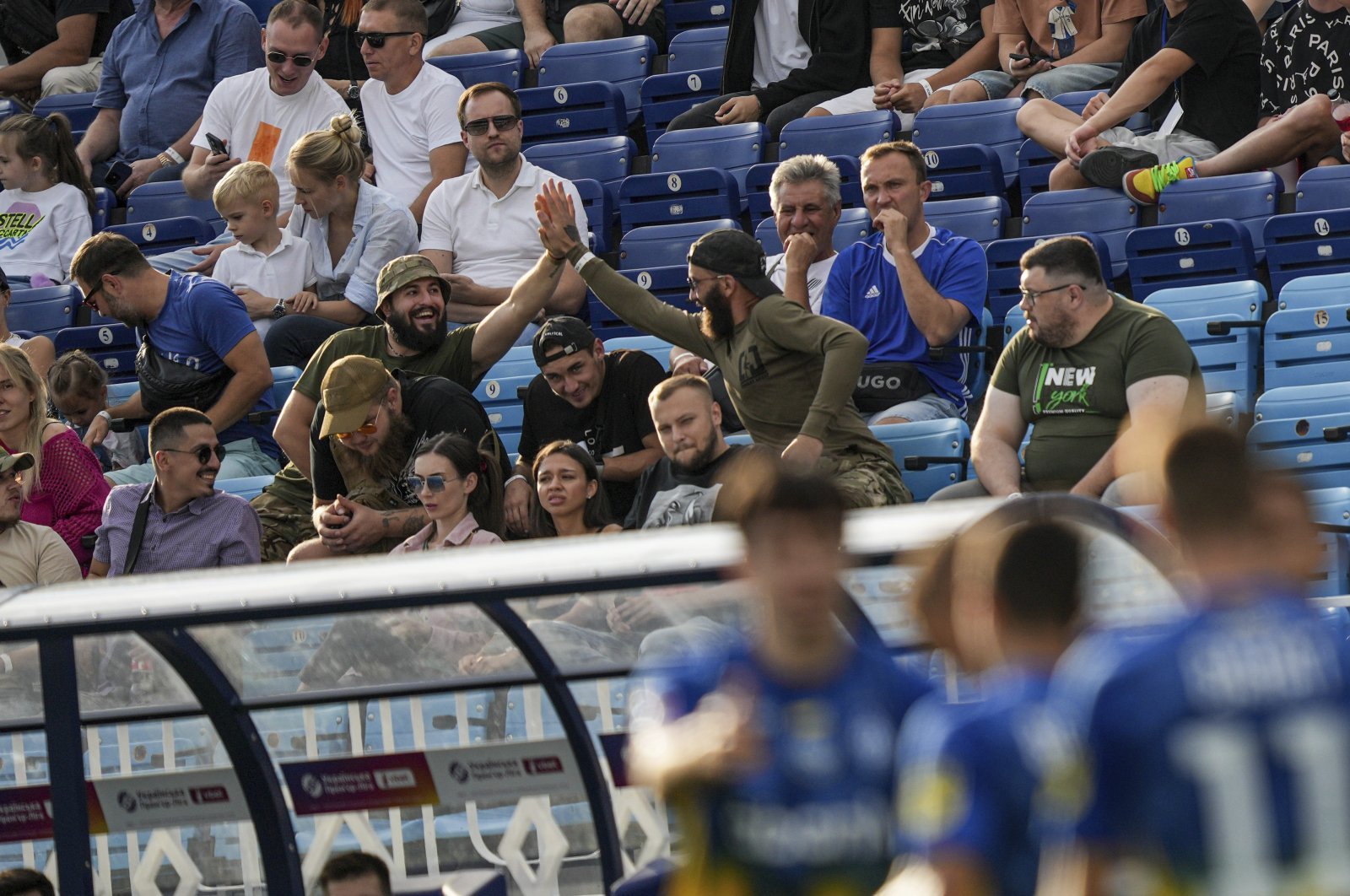
Fans of both teams, many of whom were soldiers on leave, celebrated in the stands. Photo: AP
That is why the “ceasefire” between rival ultra groups is still in place, said a Dynamo Kiev fan nicknamed Dexter and a civilian contractor for the Ukrainian army.
“These sporting conflicts are put aside when people from rival ultra groups fight together in the same military unit,” Dexter said, while walking his dog along the banks of the Dnipro River.
The CVĐ added that fan organizations are involved in almost every aspect of wartime, from active combat duty to fundraising, supporting veterans and providing technical skills such as computer programming to troops.
Dynamo Kiev officials estimate that more than 80% of their fan base by 2022 is currently serving on the front lines in eastern Ukraine or performing other military duties.
Back at the match between Dynamo Kiev and Zorya Luhansk, a fan nicknamed “Escobar” told reporters that he was grateful to be able to watch a match during his vacation before returning to the front.
“There was no sense of hostility between the teams, and it was nice to see such a friendly atmosphere,” the soldier said after Dynamo Kiev’s 2-0 win over Zorya. Vitaliy Buyalskyi and Maksym Braharu scored goals in the second half for Dynamo Kiev. Zorya’s players, though looking dejected as they left the pitch, were applauded by the fans.
Nguyen Khanh
Source: https://www.congluan.vn/bong-da-o-ukraine-dang-dien-ra-nhu-the-nao-post319379.html


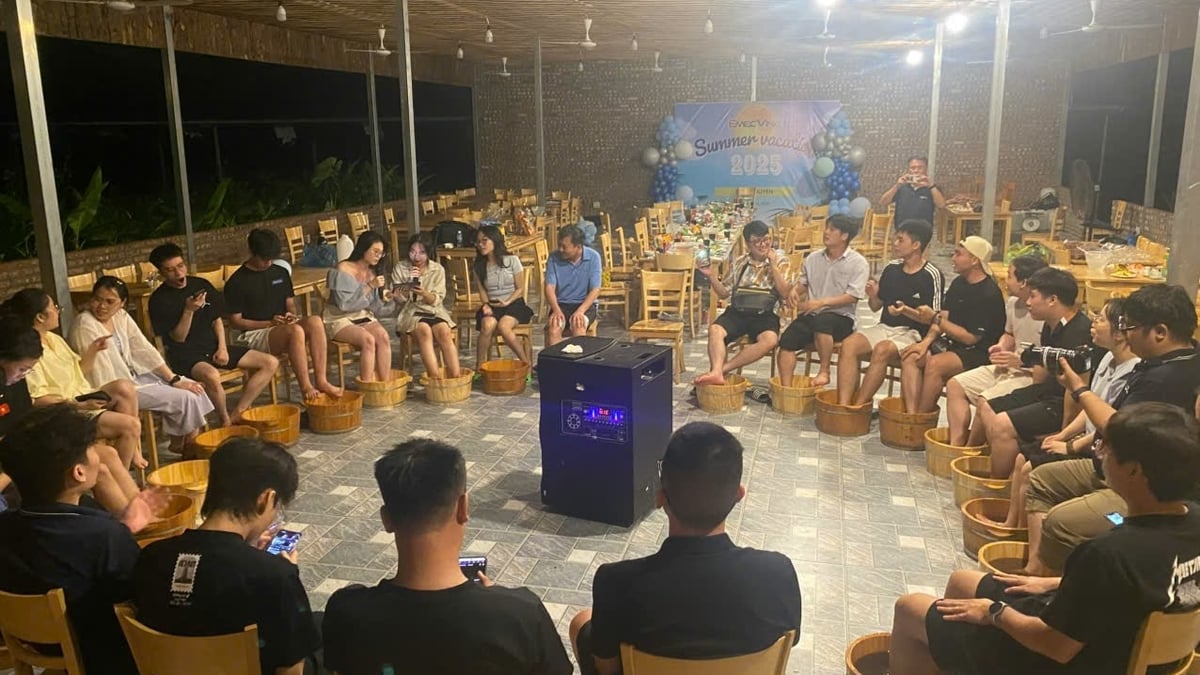
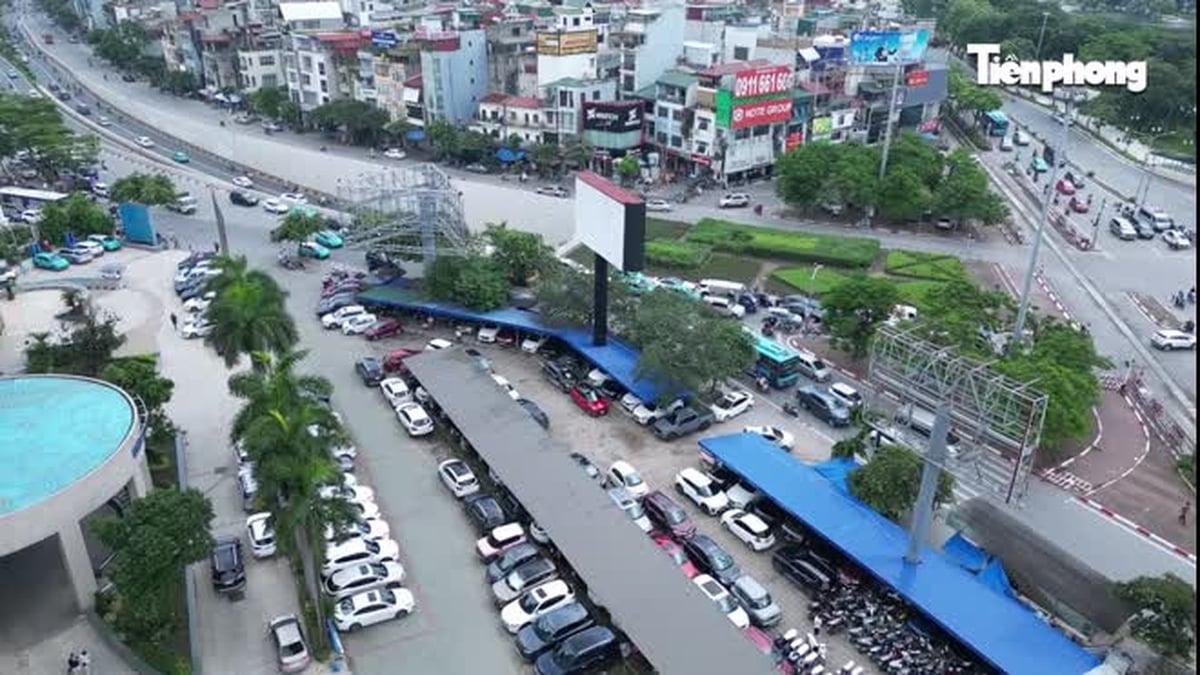
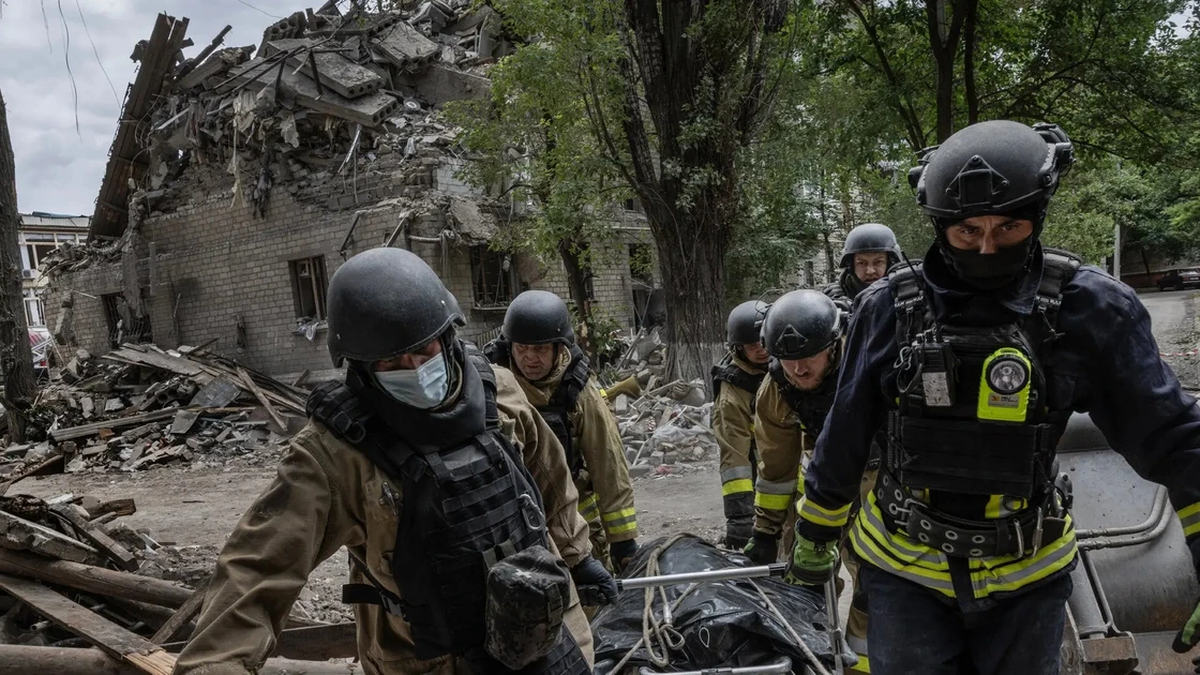




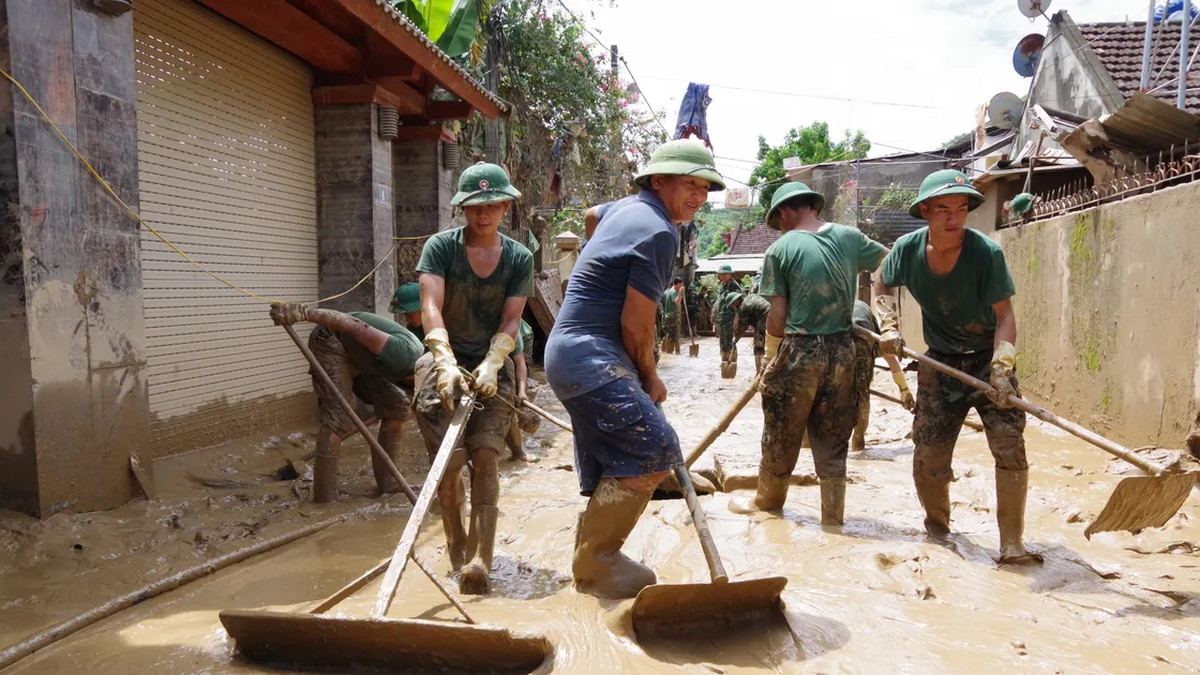
![[INFOGRAPHIC] LG xboom AI: The coolest Gen Z portable speaker this summer](https://vphoto.vietnam.vn/thumb/1200x675/vietnam/resource/IMAGE/2025/7/29/db13af6569c24d0582b8a1c82e7cecd2)
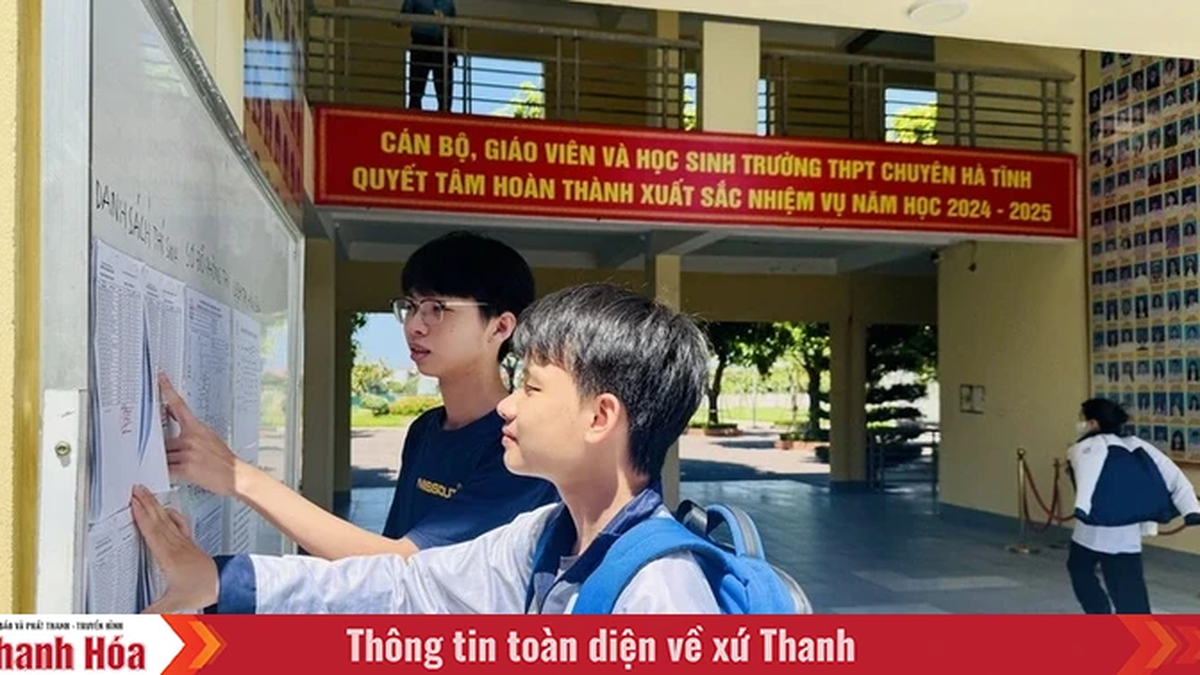












![[Photo] National Assembly Chairman attends the seminar "Building and operating an international financial center and recommendations for Vietnam"](https://vphoto.vietnam.vn/thumb/1200x675/vietnam/resource/IMAGE/2025/7/28/76393436936e457db31ec84433289f72)


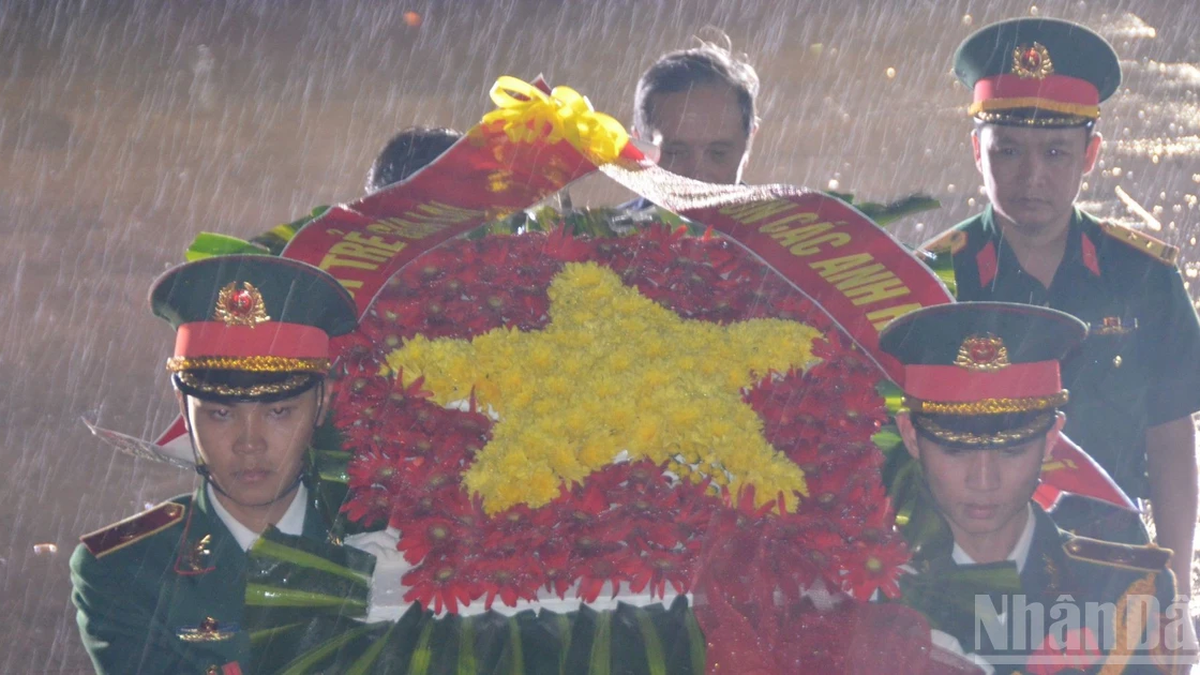








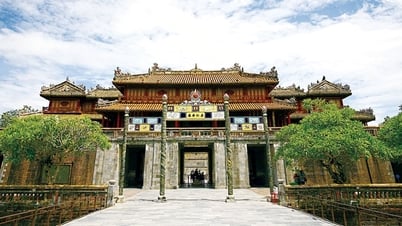

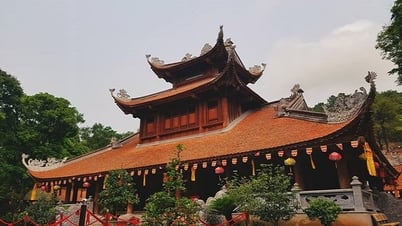

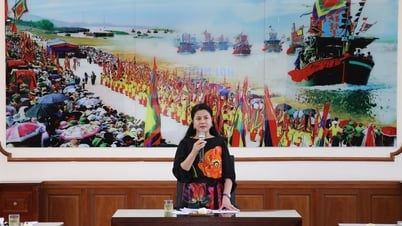

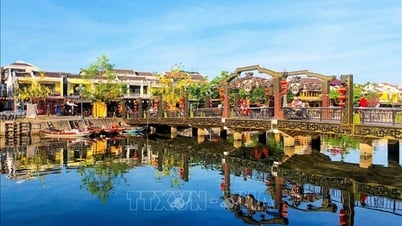

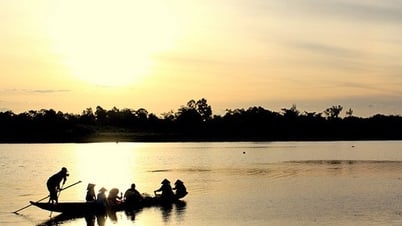



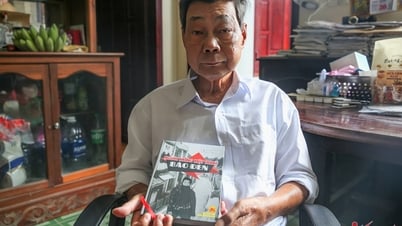

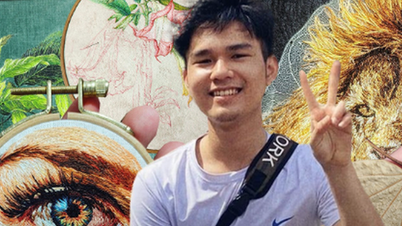
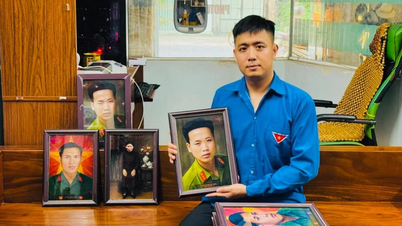


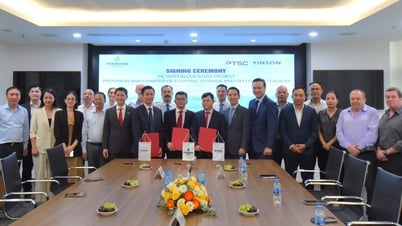



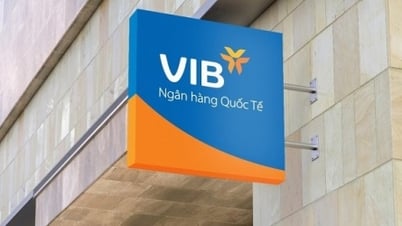







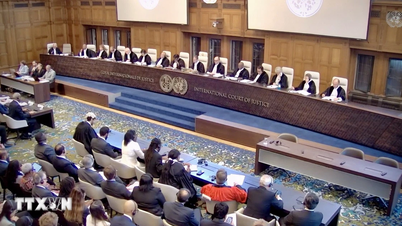
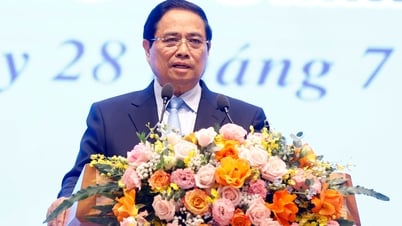
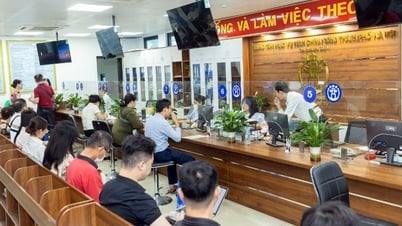


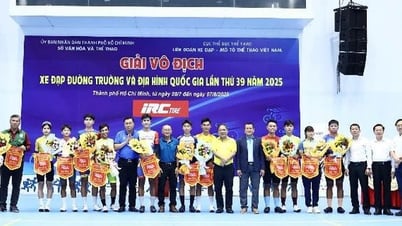

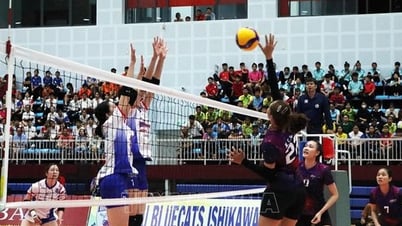
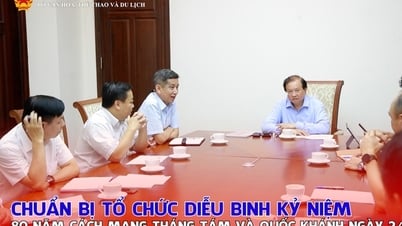
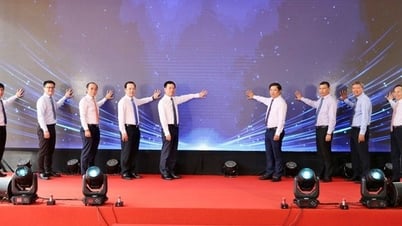

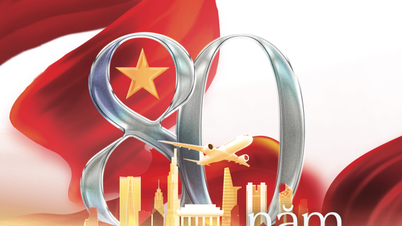
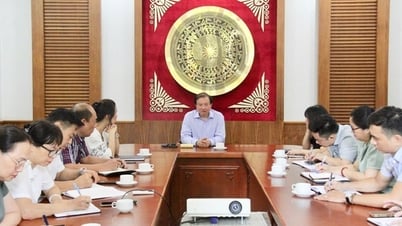























Comment (0)